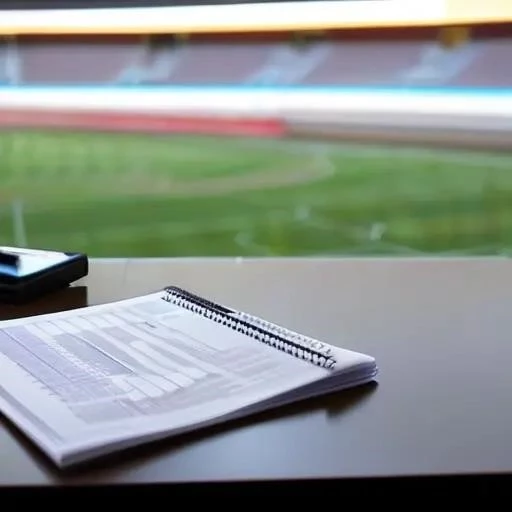The allure of blending classic aesthetics with contemporary performance often leads enthusiasts to ponder: can you put a modern engine in an old car? The answer, while technically yes, is layered with considerations that go beyond simple mechanical compatibility. Swapping an engine is a complex endeavor influenced by budget, desired performance gains, and a deep understanding of both the donor engine and the recipient vehicle. Successfully executing such a project involves meticulous planning, skilled labor, and a willingness to navigate potential challenges that arise during the process, particularly when concerning putting a modern engine in an old car.
The Allure of Engine Swaps: Why Bother?
Why would someone even consider replacing the original engine in a vintage vehicle? There are several compelling reasons:
- Performance Enhancement: Modern engines often boast significantly more power, improved fuel efficiency, and greater reliability than their older counterparts.
- Increased Reliability: Older engines, regardless of how well-maintained, are prone to wear and tear. A modern engine, especially a crate engine, offers a fresh start with updated technology.
- Improved Fuel Economy: Advances in engine design have led to substantial gains in fuel efficiency. This can make a classic car more practical for regular use.
- Enhanced Drivability: Modern engines often feature electronic fuel injection, which provides smoother acceleration and better overall drivability compared to older carbureted systems.
Navigating the Challenges: A Road Map to Success
Putting a modern engine in an old car isn’t as straightforward as simply dropping it in. Here are some key challenges to consider:
Mechanical Compatibility
The modern engine might not physically fit in the engine bay of the old car. Modifications to the chassis, firewall, or hood may be necessary. Furthermore, the transmission needs to be compatible with the new engine. This might involve replacing the existing transmission or using an adapter plate.
Electrical Integration
Modern engines rely on complex electronic control units (ECUs). Integrating the ECU and wiring harness into the old car’s electrical system can be a significant hurdle. You’ll need to either adapt the existing wiring or install a completely new harness.
Cooling and Exhaust Systems
The existing radiator might not be adequate for the cooling demands of the new engine. You may need to upgrade to a larger radiator or modify the cooling system. Similarly, the exhaust system will likely need to be custom-fabricated to connect to the modern engine.
Mounting and Fabrication
Custom engine mounts will likely be required to secure the new engine in the old car. This often involves welding and fabrication work.
A Comparative Look: Old vs. New
| Feature | Old Engine | Modern Engine |
|---|---|---|
| Power Output | Typically lower | Typically higher |
| Fuel Efficiency | Lower | Higher |
| Reliability | Generally lower (due to age) | Generally higher |
| Technology | Carbureted, basic ignition | Electronic fuel injection, advanced ignition systems |
Ultimately, the decision of whether to put a modern engine in an old car hinges on a careful assessment of the benefits versus the complexities. While the rewards of increased performance and reliability are enticing, the project demands thorough planning, skilled execution, and a realistic budget.
Successfully putting a modern engine in an old car requires meticulous planning and execution. From custom fabrication to complex electrical integration, the project presents numerous challenges. However, the result – a classic car with modern performance – can be truly rewarding.

